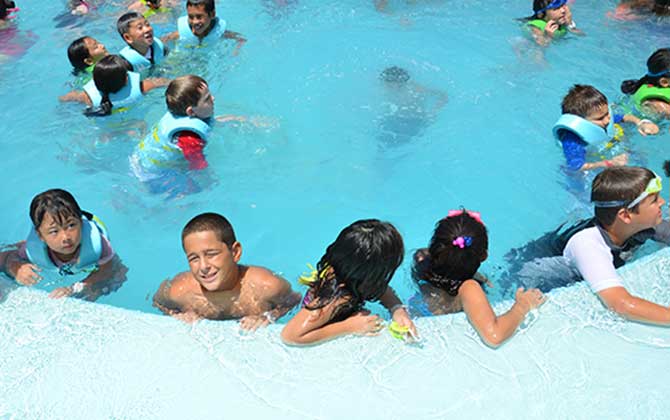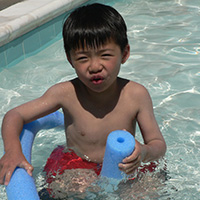
Going feet first will help with understanding the water’s depth and whether there are underwater hazards that aren’t noticeable from the surface.
Children under 15 with autism spectrum disorder (ASD) are at an increased risk of drowning
Wandering is the most common behavior that leads to drowning and accounts for 74% of fatal drowning accidents among children with autism.
Read our water safety guide for special needs children to learn more.
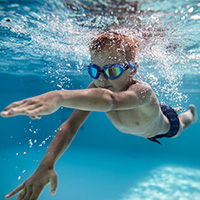

Designate a water watcher, even with grade-school kids and better swimmers
It is critical to ensure that active supervision by parents or caregivers, and a designated water watcher whose sole responsibility it is to supervise children, is in place during any in-water activity.
For more information about creating layers of protection, please visit our Designate ‘Water Watchers’ page.
Make swimming fun and safe for those you care for.
Sign up to get email reminders and updates on swim safety.

Teach your children to be open and honest about their water safety and swimming skills
It’s common for grade-school children to feel pressured into overestimating their swimming skills. Encouraging an open, honest dialogue can be lifesaving.
Every year, about 136 children aged 5-9 suffer drowning accidents


Create more barriers around pools, bathtubs, and natural bodies of water
Install a regularly inspected fence with a lock and key that goes around your pool and keep the key out of reach of children. Talk to your children about why these barriers are in place.
For more information about creating layers of protection, please visit our Water Safety page.
Black children aged 5-19 are 5.5x more likely to drown in a pool than white children of the same age
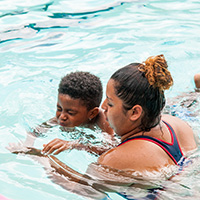

Install anti-entrapment drain covers to keep your children safe in a pool
It is critical to ensure that your pool has anti-entrapment drain covers in order to avoid entrapment hazards, which can lead to powerful suction from the water circulation system and can cause your toddler to become trapped underwater.
For more information on this, please see our Drain Safety page.

Install an alarm to monitor movement around the pool
It’s best to buy an alarm that beeps if doors or windows to the pool are open, and one that goes off when the surface of the water is disrupted by movement.
Research shows that children younger than 10 years old who drown have most often done so in swimming pools
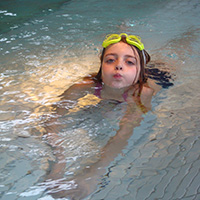
United States Coast Guard (USCG) certified life jackets are best for use in or near water, boats, or docks
The USCG’s rating also tells you if the jacket is suitable for children in general and for the specific activity (and water conditions) that your child will be involved with, so you can be sure you’re on the right track.
You’ll want to choose a life jacket that’s appropriate for your child’s weight and any other measurements the manufacturer uses for sizing.
Kids’ water safety extends beyond pools and bathtubs.
Learn what your children need to stay safe in natural bodies of water too, with our summer prep checklist.
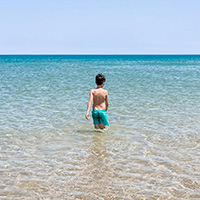
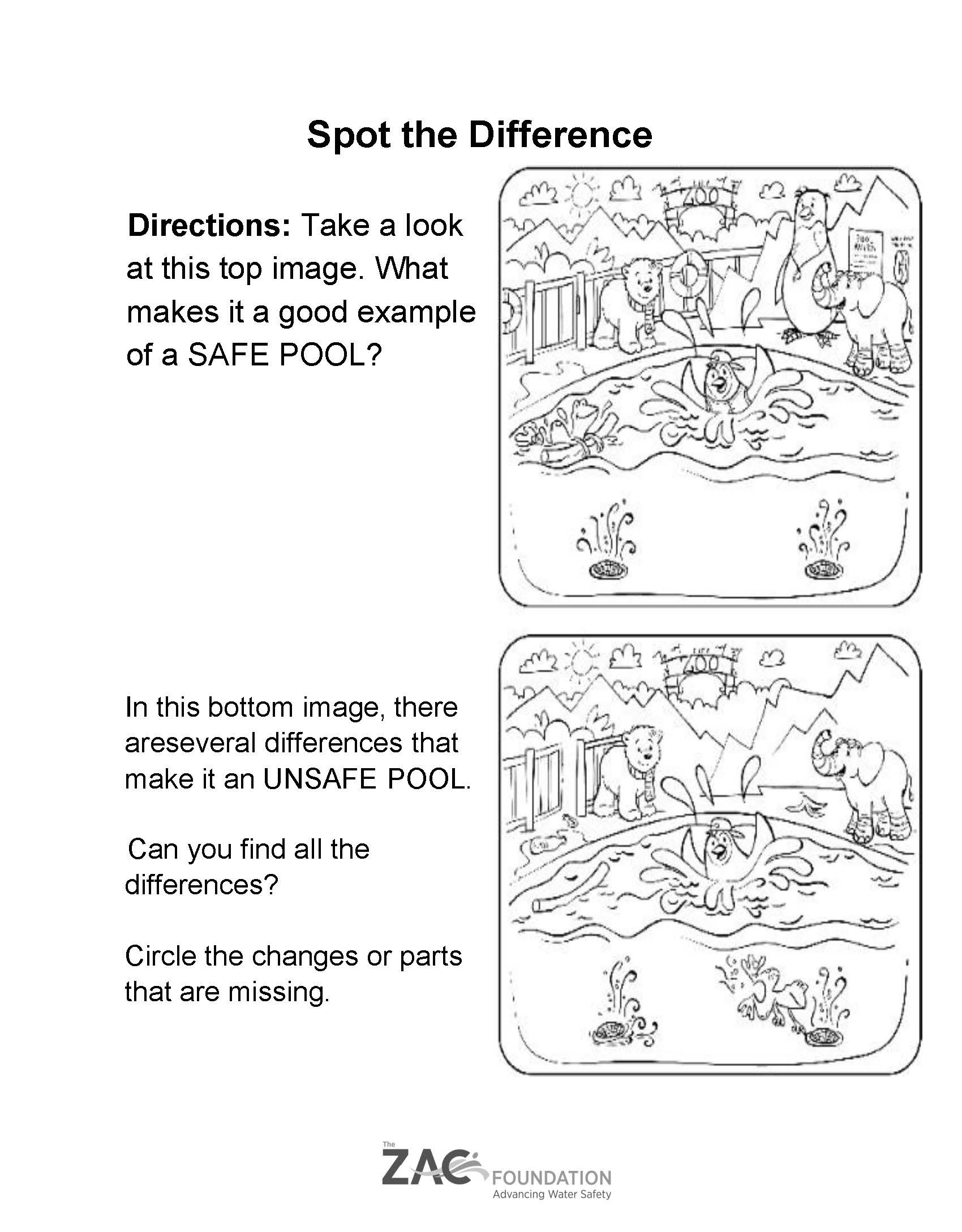
We have created a few activity sheets for different age groups so children can reinforce core water safety messages and the ABCDs. While they are based on “The Polar Bear Who Couldn’t, Wouldn’t Swim,” you don’t need to read the book in order to complete and color these mazes, puzzles, etc.
Pool Safety 101
The ZAC Foundation was established to prepare children and families for a lifetime of water safety. The organization works to strengthen pool safety legislation and fund advocacy, education, and effective programming surrounding water safety. Zachary’s memory is the inspiration for the Foundation’s mission and activities.

